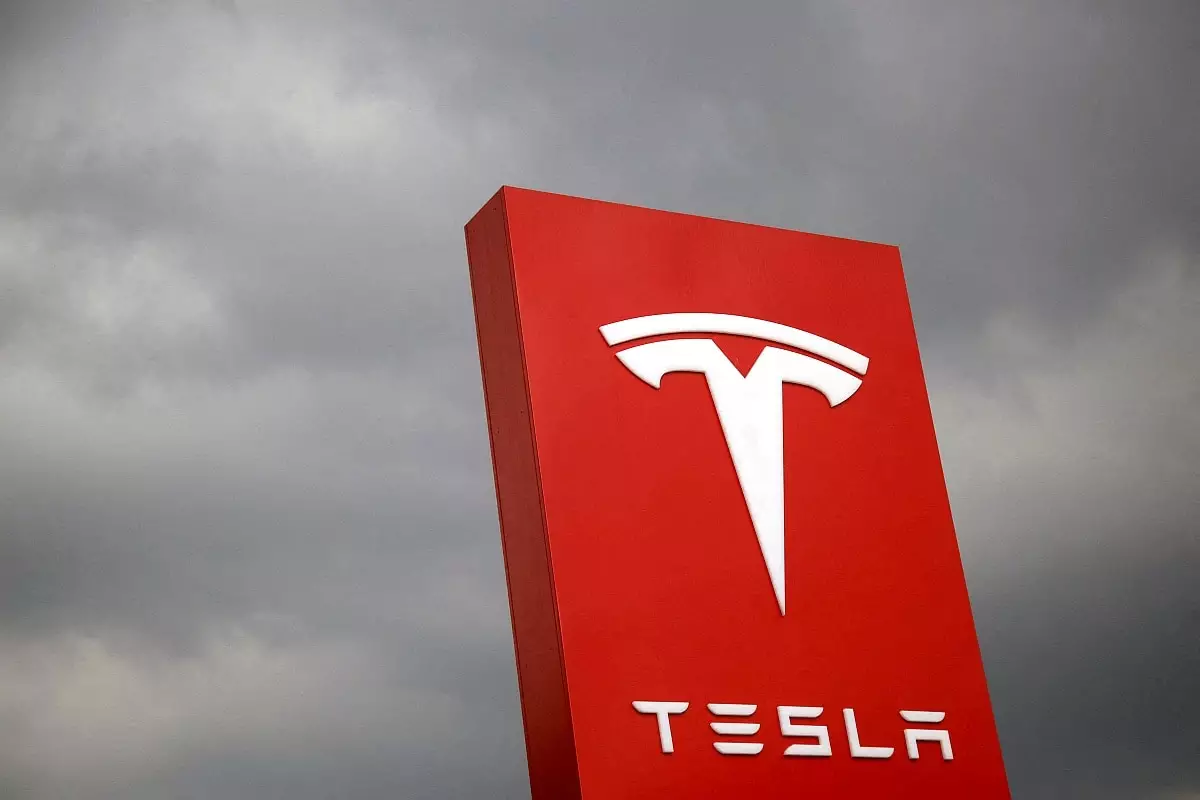The National Highway Traffic Safety Administration (NHTSA) has been conducting a two-year investigation into the performance and safety of Tesla Autopilot. Recently, the agency’s acting head, Ann Carlson, revealed in an interview with Reuters that a resolution to the investigation may be imminent. This article aims to critically analyze the NHTSA investigation and shed light on the complexities surrounding the Tesla Autopilot system.
According to Acting NHTSA Administrator Ann Carlson, it is crucial for drivers to remain vigilant and attentive while using advanced driver assistance systems. She emphasized the need for driver monitoring systems to consider the phenomenon of human over-reliance on technology. These remarks highlight the inherent risks associated with autonomous driving technology and the responsibility that lies with both manufacturers and drivers.
While Carlson refrained from divulging specifics about how the Tesla investigation will be resolved, she expressed hope that a public announcement would be made in the near future. Tesla, on the other hand, has chosen not to comment on the ongoing investigation. This lack of transparency from the automaker raises concerns about its commitment to addressing the safety issues in question.
The NHTSA investigation focuses on two primary areas: the performance of Autopilot in crashes involving stationary emergency vehicles and the effectiveness of driver attention monitoring systems implemented by Tesla. The agency has identified more than a dozen incidents where Tesla vehicles equipped with Autopilot collided with stationary emergency vehicles. Additionally, the investigation seeks to determine whether Tesla’s driver assistance system adequately ensures that drivers remain attentive while using Autopilot.
In June 2022, the NHTSA upgraded the investigation to an engineering analysis, a crucial step that paves the way for potential recalls. This move signifies the gravity of the situation and indicates that the agency may take regulatory action against Tesla if necessary. Last month, the NHTSA requested updated responses and current data from Tesla, highlighting the agency’s commitment to conducting a thorough and comprehensive investigation.
The Complexities of the Autopilot Investigation
Acting NHTSA Administrator Ann Carlson acknowledged that the Autopilot investigation is complex due to the significant number of crashes under scrutiny. The magnitude of the investigation poses challenges, both in terms of analyzing the vast amount of data and formulating appropriate regulatory measures. Carlson’s remarks underline the scale of the issue at hand and the urgency with which it needs to be addressed.
This is not the first time Tesla and the NHTSA have faced scrutiny regarding Autopilot. In 2017, the agency closed a previous investigation into the system without taking any action. However, the National Transportation Safety Board (NTSB) has criticized both Tesla’s lack of system safeguards for Autopilot and the NHTSA’s failure to ensure the safety of autonomous driving technology. NTSB Chair Jennifer Homendy has called for stricter regulations and the incorporation of system safeguards by automakers.
The Road Ahead for Autonomous Driving
As the NHTSA investigation into Tesla Autopilot nears its resolution, it is imperative for regulators, automakers, and drivers to reflect on the challenges and risks associated with autonomous driving technology. While self-driving cars hold the promise of a safer and more efficient future on the roads, addressing issues of driver attention, system reliability, and regulatory oversight is paramount. The outcome of the Tesla probe has the potential to shape the future of autonomous driving and set vital precedents for the industry as a whole.
The ongoing NHTSA investigation into Tesla Autopilot represents a critical juncture in the evolution of autonomous driving technology. The complex nature of the investigation, combined with past criticisms and the need for driver attentiveness, underscores the challenges faced by regulators and automakers. Ultimately, the resolution of the Tesla probe will serve as a catalyst for the development of safer and more reliable autonomous driving systems in the future.


Leave a Reply